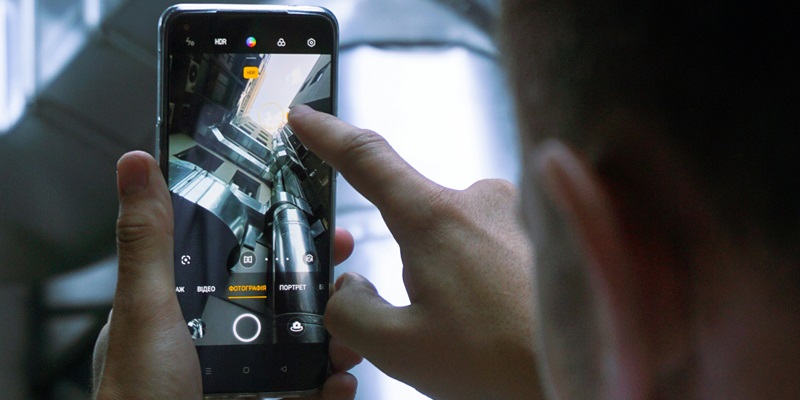When it comes to smartphone choices, the subtleties in features often play a significant role in the decision-making process, especially when prices vary. The Xiaomi 14T series, comprising the base model and the Pro variant, has brought forth a debate regarding whether the additional cost for the Pro variant is justified by its enhanced features, especially its camera performance. DxOMark recently analyzed the camera capabilities of both models, revealing that the EUR 150 surcharge for the Pro may not offer enough added value, particularly when focusing solely on camera efficacy.
Camera Specifications and Price Debate
Xiaomi 14T Camera Specifications
The Xiaomi 14T, positioned at an attractive price point of EUR 649, offers a robust set of camera features for this price range. It is equipped with a 50 MP f/1.7 main camera featuring a 1/1.56-inch sensor, a 50 MP f/1.9 telephoto camera with a 50 mm focal length, and a 12 MP f/2.2 ultra-wide-angle camera. Despite the impressive specifications, these features involve compromises that allow Xiaomi to meet its aggressive pricing strategy. Leica branding adds a layer of prestige and perceived quality, although the actual performance metrics, such as DxOMark scores, provide a more granular view of camera capabilities.
Xiaomi 14T Pro Camera Specifications and Enhancements
On the other hand, the Xiaomi 14T Pro, retailing at EUR 799, introduces several enhancements that ostensibly elevate its status above the base model. It is powered by the more advanced MediaTek Dimensity 9300+ chip and supports 120 watts fast charging along with 50 watts wireless fast charging. In terms of camera improvements, it boasts a slightly upgraded 50 MP f/1.6 main camera with a larger 1/1.31-inch sensor and a 50 MP telephoto camera with a 60 mm f/2.0 lens. Despite these hardware upgrades, DxOMark’s analysis shows only a marginal increase in camera performance, with the Pro scoring 135 points compared to the 134 points of the base model.
Performance and DxOMark Ratings
DxOMark Scores and Rankings
According to DxOMark, the marginal difference in camera performance, with the Xiaomi 14T scoring 134 points and the 14T Pro scoring 135 points, places them at 45th and 49th positions respectively in their rankings. These scores put them on par with devices like the Apple iPhone 14, Google Pixel 6 Pro, and Samsung Galaxy S22 Ultra. However, they both fall short when compared to the current flagship standards. This discrepancy reveals that although both models feature Leica branding and impressive specifications on paper, the real-world performance does not outperform existing benchmarks set by contemporary flagship smartphones.
Daylight Performance and Low-Light Challenges
The strengths of the Xiaomi 14T series cameras become evident in daylight scenarios, where both models deliver commendable color reproduction, accurate skin tones, an excellent depth of field, and precise white balance. Daylight images and videos are generally detailed and pleasing to the eye. However, these positives are counterbalanced by substantial shortcomings under low-light conditions. Despite aggressive noise reduction efforts, image noise remains a considerable issue. Additional complications include limited dynamic range, occasional color casting, and inconsistent skin tone, exposure, and white balance during video recording, which hinder the overall experience of using these smartphones in varied lighting conditions.
Summarizing Camera Value Proposition
Comparing Camera Performance to Price
Ultimately, the question remains whether the improved features of the Xiaomi 14T Pro justify its higher price tag. Given the minor DxOMark score difference and the nearly unnoticeable real-world performance improvements between the two models, it’s challenging to argue that the Pro model’s camera features alone merit the extra EUR 150. Both models offer competitive camera performance for their respective prices but fall short of providing the top-tier quality found in more expensive flagship devices. While the Pro model does include additional hardware improvements, these enhancements do not significantly elevate the overall camera capabilities.
Final Verdict on Xiaomi 14T Series Cameras
When choosing a smartphone, the nuances in features often significantly impact the decision-making process, especially when prices differ. The Xiaomi 14T series, consisting of the standard model and the Pro variant, has sparked a debate about whether the higher cost of the Pro version is worth its upgraded features, particularly its camera performance. DxOMark’s recent analysis of both models’ camera capabilities sheds light on this question. Their findings suggest that the EUR 150 difference for the Pro model may not justify the price increase if evaluated based solely on its photographic prowess. While the Pro version includes enhancements, such as improved sensors and additional functionalities, DxOMark’s evaluation indicates these improvements might not be substantial enough to warrant the extra expense. As consumers weigh their options, they might find that the base model’s camera performance is sufficiently close to that of the Pro, questioning if the additional cost leads to a proportionate increase in value, especially for those primarily interested in camera quality.

